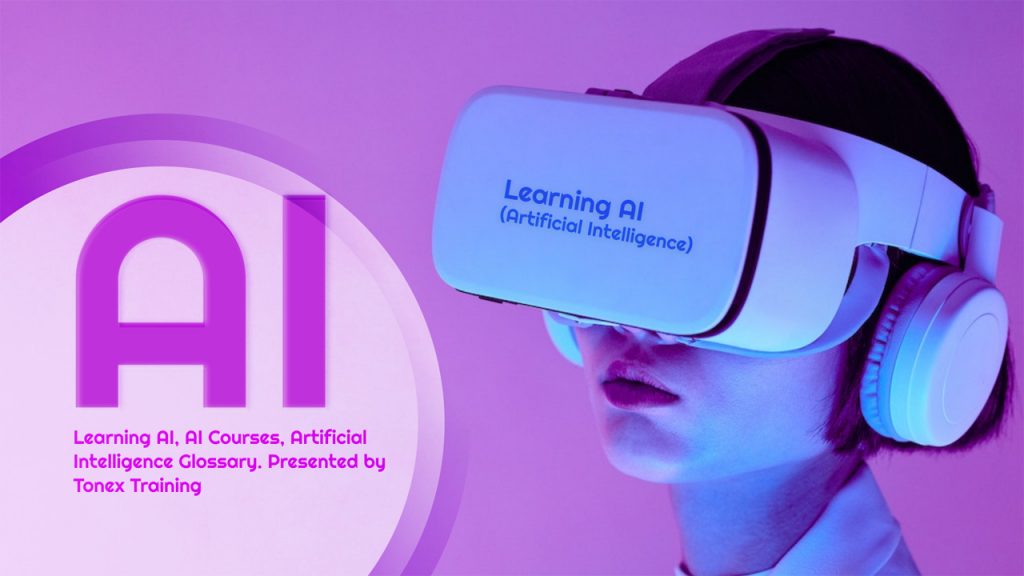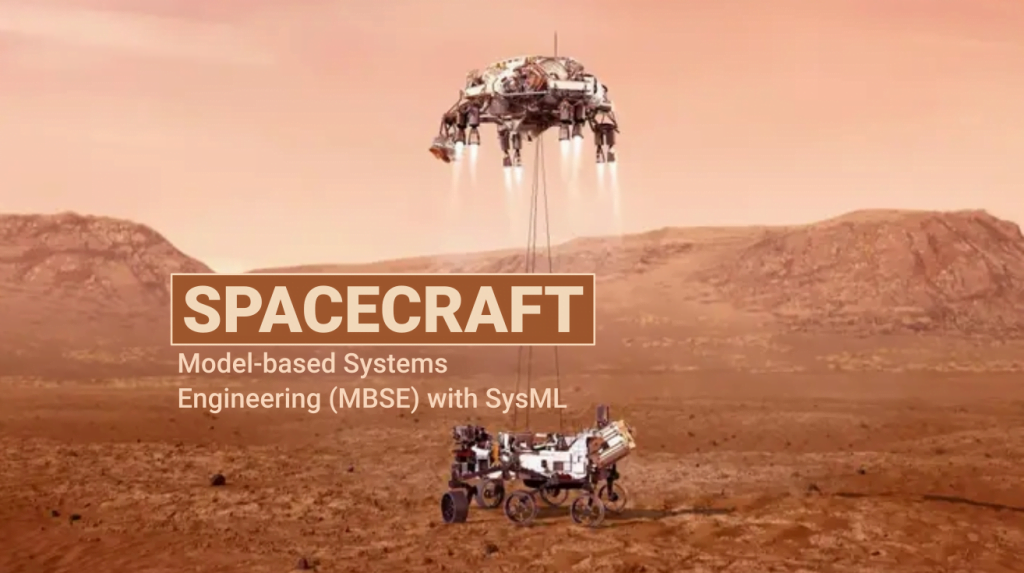Learning AI, AI Courses, Artificial Intelligence Glossary. Master Your Knowledge ! Learn Top 4 Steps To Get Started.
How to get started? To get started as an expert in machine learning; first, you will require a strong foundation in these 4 learning areas:
- Coding
- Math
- ML theory
- Personal ML project
Tonex has been one of the most reliable and professional business training provider in Artificial Intelligence field. Tonex offer curated content for you ! Begin with Tonex’s curated curriculums to improve these four skills, or choose your own learning path by exploring Tonex resource.
Basics of machine learning: For AI beginner
Learn the basics of ML with this collection of books and online courses. You will be introduced to ML and guided through deep learning using Tonex methodology. Then you will have the opportunity to practice what you learn with beginner tutorials.
Advanced AI guidelines for intermediate & professionals
Theoretical and advanced machine learning with Tonex. Once you understand the basics of machine learning, take your abilities to the next level by diving into theoretical understanding of neural networks, deep learning, and improving your knowledge of the underlying math concepts.
Jeru. Lima, one of participant left a review for Tonex here.
“Learning AI was never so easy before. I strongly recommend Tonex Artificial Courses for anyone who want to shine their career by upleveling their skill”.
About The 4 functional areas of machine learning education
Quoted From Tonex AI Professionals
“When beginning your educational path, it’s important to first understand how to learn ML. Tonex has specializedly broken the learning process into four areas of knowledge, with each area providing a foundational piece of the ML puzzle. To help you on your path, we’ve identified books, videos, and online courses that will uplevel your abilities, and prepare you to use ML for your projects. Start with Tonex guided curriculums designed to increase your knowledge, or choose your own path by exploring our resources”.
Choose your own learning path, and explore books, courses, videos, and exercises recommended by the Tonex team to teach you the foundations of ML Books, Online courses, Math concepts, Tonex resources, Human-centered AI.
Top 5 AI ( Artificial Intelligence) Online Courses By Tonex Training
Artificial Intelligence (AI) Training
Machine Learning (AI/ML)-Based Software Medical Device (SaMD)
Fundamentals of Deep Learning DL
Machine Learning for Control Training
Machine Learning Training Bootcamp
ARTIFICIAL INTELLIGENCE GLOSSARY
Learn all the essential acronyms, phases, terms used in Artificial Intelligence (AI). This glossary has been curated by data scientists and machine learning experts like you.
A
A/B Testing
Activation Function
Active Learning (Active Learning Strategy)
Algorithm
Annotation
Area Under the Curve (AUC)
Artificial Intelligence
Artificial Neural Networks
Association Rule Learning
Autoencoder
Automated Speech Recognition
B
Backpropagation (Backpropagation Through Time)
Batch
Bayes’s Theorem
Bias (Inductive Bias, Confirmation Bias)
Bias-Variance Tradeoff
Boosting
Bounding Box
C
Chatbot
Classification
Clustering
Cold-Start
Collaborative Filtering
Computer Vision
Confidence Interval
Contributor
Convolutional Neural Network (CNN)
Central Processing Unit (CPU)
Cross-Validation (k-fold Cross-Validation, Leave-p-out Cross-Validation)
D
Data (Structured Data, Unstructured Data, Data augmentation)
Decision Tree
Deep Blue
Deep Learning (Deep Reinforcement Learning)
E
Embedding (Word Embedding)
Ensemble Methods
Entropy
Epoch
F
Feature (Feature Selection, Feature Learning)
Feature Learning
False Positive
False Negative
Feed-Forward (Neural) Networks
F-Score
G
Garbage In, Garbage Out
General Data Protection Regulation (GDPR)
Genetic Algorithm
Generative Adversarial Networks (GANs)
Graphic Processing Unit (GPU)
Ground Truth
H
Human-in-the-Loop
Hyperparameter (Hyperparameter Tuning)
I
ImageNet
Image Recognition
Inference
Information Retrieval
J
None
K
None
L
Layer (Hidden Layer)
Learning-to-Learn
Learning-to-Rank
Learning Rate
Logit Function
Long Short-Term Memory Networks
M
Machine Learning
Machine Learning Lifecycle Management
Machine Translation
Model
Monte Carlo
Multi-Modal Learning
Multi-Task Learning
N
Naive Bayes
Named Entity Recognition
Natural Language Processing (NLP)
Neural Networks
Neuron
Node
O
Optical Character Recognition
Optimization
Overfitting
P
Pattern Recognition
Pooling (Max Pooling)
Personally Identifiable Information
Precision
Prediction
Preprocessing
Pre-trained Model
Principal Component Analysis
Prior
Q
None
R
Random Forest
Recall
Rectified Linear Unit
Recurrent Neural Networks
Regression (Linear Regression, Logistic Regression)
Regressor
Regularization
Reinforcement Learning
Reproducibility (crisis of)
Restricted Boltzmann Machines
S
Semi-Supervised Learning
Speech Recognition
Statistical Distribution
Supervised Learning
Support Vector Machines (SVM)
Synthetic Data
T
Time Series (Time Series Data)
Testing (Testing Data)
Topic Modeling
Training Data
Transfer Learning
Turing Test
Type I Error
Type II Error
U
Uncertainty
Underfitting
Unsupervised Learning
V
Validation
Vanishing/Exploding Gradients
Variance
W,X,Y,Z: None



